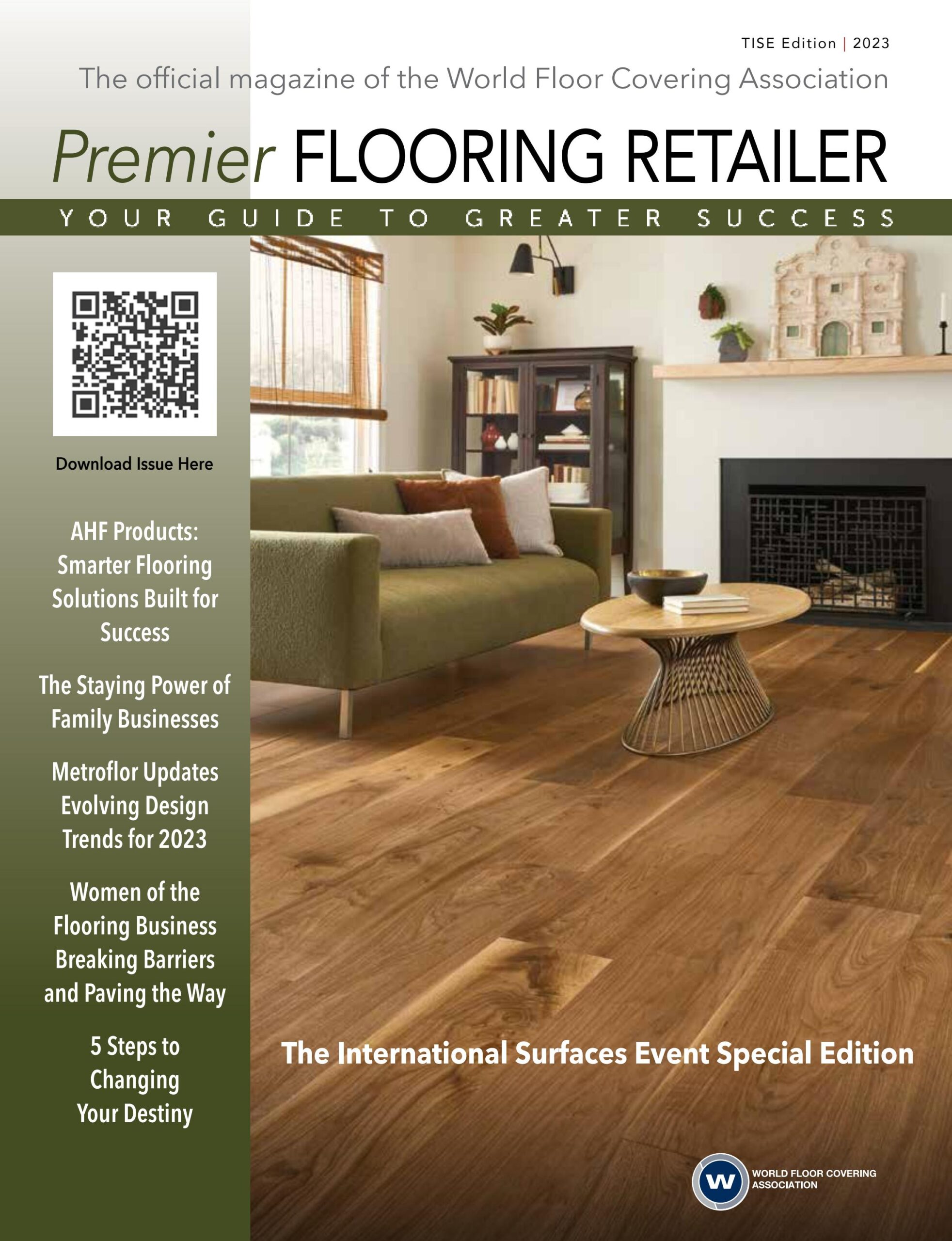Floor coving is a protective covering that is installed at the edge of a floor to prevent damage and provide a finished appearance. It is typically made of materials like rubber, vinyl, or metal and comes in various shapes and sizes to accommodate different floor types and designs.
This essential component helps improve the durability and aesthetic appeal of floors, ensuring they stay intact and free from wear and tear over time. Floor coving plays a crucial role in both residential and commercial settings where floors are subjected to heavy foot traffic or potential impact.
Whether it’s a hospital, school, kitchen, or warehouse, floor coving serves as a reliable barrier against scratches, dents, and water damage, prolonging the lifespan of the floor. In addition, it offers a seamless transition between different floorings, creating a visually appealing and safe environment. Understanding the importance of floor coving can help property owners and facility managers make informed decisions when it comes to protecting and maintaining their floors.
Why Floor Coving Is Vital For A Flawless Floor Design
Why Floor Coving is Vital for a Flawless Floor Design:
Floor coving plays a crucial role in enhancing the aesthetics and visual appeal of your floors. It creates a smooth transition between wall and floor surfaces, giving your space a polished and complete look. By protecting the edges of flooring materials, it helps to prevent damage, such as chipping or cracking.
Not only does floor coving provide a seamless finish, it also offers practical benefits. It safeguards against moisture, dirt, and debris from seeping into gaps between the wall and floor, promoting cleanliness and hygiene.
Choosing the right floor coving material is essential for achieving the desired effect. Whether you opt for PVC, rubber, or metal coving, consider the color, texture, and style that will complement your flooring and overall design.
Types Of Floor Covings And Their Unique Benefits
There are several types of floor covings, each offering unique benefits. Tiles and ceramic covings are durable, easy to clean, and versatile. They can withstand heavy foot traffic and are resistant to stains and moisture. Additionally, their wide range of colors, patterns, and sizes allows for endless design possibilities.
Wood and laminate covings provide a natural and warm aesthetic to any space. With their easy installation, they are a popular choice among homeowners. Wood covings can give a classic, timeless look, while laminate covings offer a more affordable alternative with similar aesthetics.
Vinyl and PVC covings are known for their waterproof properties, making them ideal for areas prone to moisture such as bathrooms and kitchens. They require low maintenance and are available in a wide range of styles, including those that mimic the look of natural materials like wood and stone.
Metal and aluminum covings offer a sleek and modern look to any room. With their enhanced durability, they can withstand heavy impacts and are resistant to scratches and stains. Metal covings are available in a variety of finishes, such as brushed or polished, allowing for customization to match any design scheme.
Factors To Consider When Choosing Floor Covings
Factors to consider when choosing floor coving include material compatibility with the flooring type and style, thickness and height for a seamless integration, color and finish options to match the overall design scheme, and installation requirements and compatibility with existing flooring.
Choosing the right floor coving involves ensuring that the material chosen is compatible with the flooring type and style. This will help create a cohesive and visually pleasing look. Additionally, considering the thickness and height of the coving is crucial for a seamless integration between the floor and the coving. It is important to select a coving that complements the overall design scheme by offering a range of color and finish options. Lastly, it is necessary to assess the installation requirements of the chosen coving and its compatibility with existing flooring to ensure a smooth and efficient installation process.
Installation Techniques For Floor Covings
Floor coving is an essential component of flooring installations, providing a seamless transition between different types of flooring materials. There are various installation techniques available for floor covings, depending on the type of coving and the subfloor material. For glue-down covings, the adhesive method is commonly used. The process involves applying an adhesive to the subfloor and pressing the coving firmly in place. This technique provides a strong and durable bond. Interlocking covings, on the other hand, can be installed without adhesives using the floating method. These covings have special interlocking mechanisms that securely hold the pieces together. Lastly, for wooden subfloors, the nail or screw method is often employed. This involves fastening the coving to the subfloor using nails or screws.
Each installation technique has its own advantages and considerations. Glue-down covings offer a permanent and stable installation, suitable for high-traffic areas. Floating covings provide flexibility and can easily be replaced if needed. Nail or screw installations are effective for securing covings to wooden subfloors, offering stability and longevity. It is essential to carefully follow the manufacturer’s instructions and recommendations for each specific coving and installation method to ensure a successful installation.
Maintenance And Care Tips For Floor Covings
Regular cleaning and maintenance are essential for the longevity of floor covings. A simple cleaning routine can help keep the coving material in prime condition. Start by vacuuming or sweeping the floor regularly to remove dirt and dust particles. Follow this up with a mop using a mild cleaning solution or warm water mixed with a non-abrasive cleaner. Avoid using harsh chemicals that may damage the coving material. Instead, opt for gentle cleaning agents that are safe for the specific type of coving installed. Additionally, it is important to address any damages or wear and tear promptly. Inspect the floor covings regularly and address any cracks, chips, or scratches by repairing or replacing the damaged sections. By following these maintenance and care tips, you can ensure that your floor covings remain durable and aesthetically pleasing for years to come.
Floor Coving Design Ideas And Inspirations
Floor coving, also known as baseboard molding or skirting, is an essential element in interior design that not only adds a finishing touch to any room but also covers the joint between the floor and the wall. It serves both a functional and decorative purpose, protecting walls from scuffs and providing a seamless transition between different flooring materials.
Modern and minimalistic coving designs are ideal for contemporary spaces, offering clean lines and a sleek aesthetic. These designs often feature simple shapes and smooth finishes, creating a sophisticated look that complements modern décor. On the other hand, if you prefer a more traditional style, classic and ornate coving styles can add a touch of elegance to your interiors. These designs are characterized by intricate detailing and embellishments, adding a sense of grandeur to any room.
If you’re looking for something unique and personalized, there are plenty of creative coving designs available. From geometric patterns to custom-made shapes, these designs allow you to express your individuality and create a truly distinctive look in your living space.
Floor Coving Trends And Innovations In The Industry
When it comes to floor coving trends and innovations in the industry, there are several notable developments worth mentioning. One such trend is the growing focus on eco-friendly covings, which involves the use of sustainable materials and manufacturing processes. This shift towards sustainability is driven by the increasing awareness of the environmental impact of traditional flooring materials. Manufacturers are now using materials such as bamboo, cork, and recycled wood to create covings that are both aesthetically pleasing and environmentally friendly.
Another major trend is the integration of technology in smart covings. These innovative covings are designed to enhance functionality and convenience. They can be equipped with sensors that detect motion or temperature, allowing for automatic adjustments and energy conservation. Smart covings can also incorporate LED lights or wireless charging capabilities, adding a touch of modernity to any space.
In addition, customizable covings have become popular, as they allow individuals to personalize their flooring designs according to their preferences. Whether it’s choosing unique patterns, colors, or textures, customizable covings offer endless possibilities for creating a truly one-of-a-kind space that reflects individuality.
Professional Tips For A Successful Floor Coving Installation
When it comes to a successful floor coving installation, there are a few professional tips that can ensure a seamless and precise outcome. Preparing the subfloor is crucial to create a stable and even surface for the coving. This involves clearing the area of any debris, repairing any damage, and leveling the subfloor if necessary.
Taking accurate measurements is another essential step to ensure a precise fit. Measure the length and width of the room, as well as any angles or irregularities, to determine the amount of coving needed. It is recommended to add a few extra inches to account for any cutting or trimming during the installation process.
For complex or specialty covings, it is highly recommended to hire experienced installers. These intricate designs often require advanced techniques and expertise to achieve a flawless result. Their knowledge and skills can contribute to a smoother installation process and a flawless finish.

Frequently Asked Questions Of What Is Floor Coving
What Is The Purpose Of Floor Coving?
Floor coving serves as a protective and decorative layer for flooring, preventing damage and enhancing aesthetics. It covers the joint between the floor and wall, providing a seamless transition and preventing dirt or liquids from accumulating in the gap.
What Is Cove In Flooring?
Cove in flooring refers to the curved or rounded transition between the floor and the wall. It is commonly found in areas where hygiene is important, such as hospitals or commercial kitchens, as it makes cleaning easier by eliminating sharp corners.
What Is Base Coving?
Base coving is a molding or trim placed at the base of walls to cover the joint between the wall and the floor. It adds a decorative touch and also helps protect the wall from damage.
What Is Coving In Epoxy Flooring?
Coving in epoxy flooring refers to the process of applying a curved or rounded edge along the wall-to-floor junction. It creates a seamless transition and enhances the aesthetics and functionality of the flooring. Coving helps to prevent dirt, moisture, and bacteria from accumulating in the corners, making it easier to clean and maintain the epoxy flooring.
Conclusion
Floor covering is an essential component of any interior design, providing both practical and aesthetic benefits. By incorporating different types of flooring materials, such as hardwood, laminate, vinyl, or carpet, you can create a space that reflects your personal style while ensuring durability and functionality.
Whether it’s for residential or commercial spaces, choosing the right floor covering is vital in elevating the overall look and feel of the area. So, take the time to explore your options and find the perfect flooring solution that suits your needs and enhances your space.




